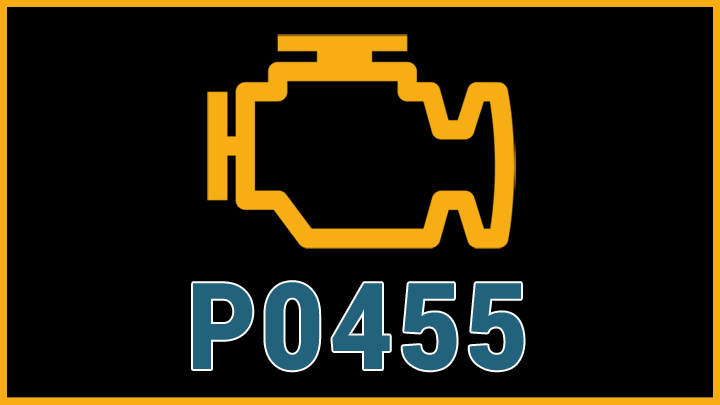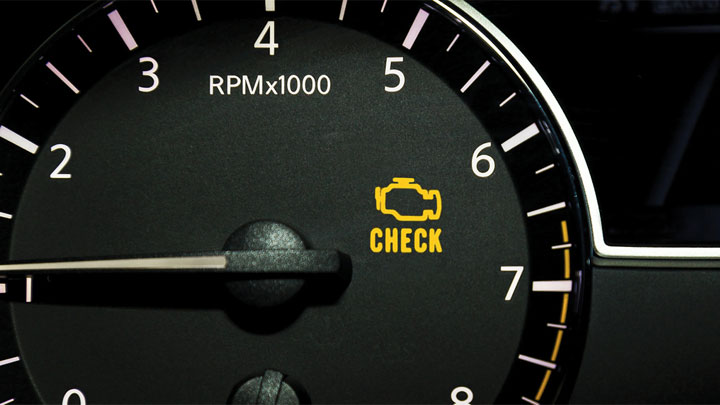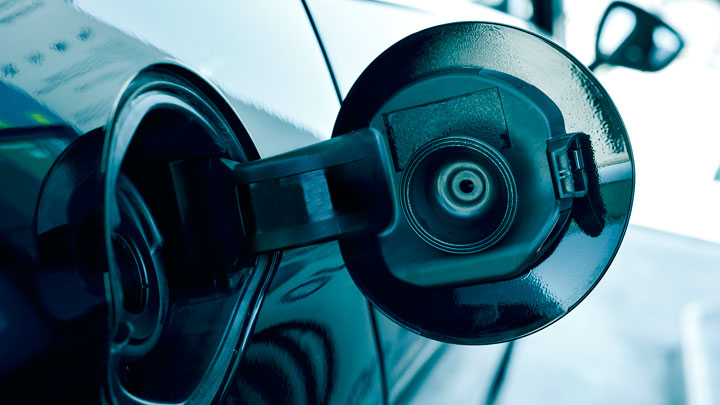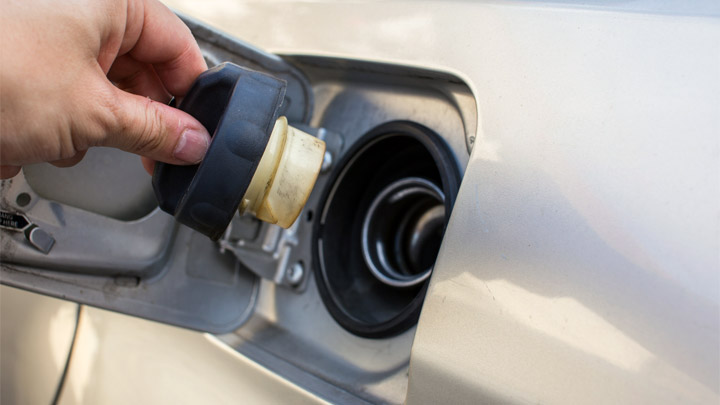P0455 Code (Symptoms, Causes, and How to Fix)
A random check engine light is bewildering, especially with no symptoms. But emissions codes like P0455 trigger the light despite normal operation.
A P0455 code indicates an evaporative emissions system leak. Keep reading to learn what causes it and how to go about fixing it. While minor as far as code go, you still want to take care of it.

What Does Code P0455 Mean?
Fault code P0455 indicates that a large (gross) leak within the evaporative emissions system has been detected and noted by a vehicle’s operating software. Simply put, this DTC indicates that a vehicle’s EVAP system is compromised in one way or another, allowing fuel vapor to escape into the atmosphere.
Today’s vehicles utilize integrated evaporative emissions systems to capture the natural dissipation of fuel vapor. These vapors are then stored in an EVAP canister, before being reintroduced into an engine’s intake, by way of a purge valve and accompanying hoses.
From this point, these fuel vapors are burnt during combustion, rather than being allowed to escape into the atmosphere.
DTC P0455 is indicative of a leak within this system, which makes it impossible to capture and retain fuel vapors as intended. This leak is registered by abnormal readings captured by an on-board pressure sensor, and interpreted by the vehicle’s ECM/PCM.
When discrepancies in these pressure readings develop, an active fault code is stored and a vehicle’s check engine light is illuminated.
Related: Code P0442, Code P0452, Code P0453, Code P0456, Code P0457
Symptoms of Code P0455

Due to the fact that trouble code P0455 is strictly emissions-based in nature, your vehicle is highly unlikely to exhibit any additional symptoms, outside of the appearance of a check engine light. This stems from the fact that a vehicle’s evaporative emissions system has little to due with an engine function, in a true operational sense.
Evaporative emission control systems first appeared as standard vehicle equipment in the 1970s, as a flurry of anti-smog legislation came into effect. Prior to this point, American automobiles did not feature evaporative emissions controls, and functioned without issue. Therefore, on modern vehicles, a leak within this system seldom presents any issue.
At most, a motorist might observe the following with the onset of a P0455 fault code.
- Slightly reduced fuel economy
- A faint odor of gasoline vapor
Causes of Code P0455

Though the exact cause of DTC P0455 typically varies on a case-by-case basis, most every example of this fault is rooted in a leak within the evaporative emissions system. The following are some of the most common causes of diagnostic trouble code P0455.
- Loose or faulty gas cap
- Damaged gas tank fuel filler neck
- Structurally compromised EVAP canister
- Cracks, holes, or splits in EVAP hoses
- Faulty EVAP purge valve
- Defective vent valve solenoid
- Cracked fuel tank
- Faulty system pressure sensor
Is Code P0455 Serious?
In most cases, diagnostic trouble code P0455 is not considered to be a serious issue, yet warrants further attention nonetheless. This fault is unlikely to pose any drivability-related difficulties, and presents no danger of further vehicle damage.
In most every instance, it is perfectly acceptable to continue driving your vehicle, until an appointment for repair can be made.
However, it is important to understand that P0455 is an emissions code, and can cause hardship when attempting to reach compliance in states where regular emissions testing is required. Tests of this nature often involve scanning a vehicle’s OBD-II system for active emissions codes. If active codes of this nature are uncovered, a favorable outcome is unlikely.
How to Fix

The following steps will assist you in diagnosing and repairing the root cause of your vehicle’s P0455 fault code.
#1 – Check For Additional Codes
Before beginning the diagnostic process, it is important to check for the presence of any additional DTCs. Thoroughly diagnose any fault codes that are found, thereby ruling each out any connection with code P0455.
#2 – Inspect Gas Cap
A loose or damaged gas cap is by far, the most common cause of fault code P0455. Therefore, a thorough inspection of your vehicle’s gas cap is an excellent place to start the diagnostic process.
Check to ensure that your vehicle’s gas cap is tight, and free of visual defects. Next, clear code P0455 with a suitable OBD-II scanner, before taking a brief test drive.
#3 – Replace Gas Cap if Necessary
If code P0455 persists, replace your gas cap with a cap of OEM equivalency. Again, clear all active fault codes and repeat your test drive.
#4 – Inspect Hoses, EVAP Canister, and Filler Neck
If DTC P0455 returns, you should now inspect all related hoses for signs of deterioration. The presence of obvious defects will warrant replacement. The vehicle’s EVAP canister and fuel tank filler neck should also be inspected in a similar manner.
#5 – Perform a Smoke Test
If the source of your vehicle’s P0455 DTC has yet to be uncovered, a smoke test can be used to uncover any underlying leaks. A shop-grade smoke machine can be plumbed directly into the vehicle’s EVAP system, at which point smoke will escape from even the smallest of leaks.
#6 – Run System Functionality Tests
If no leaks were located during step #5, a system functionality test should be conducted with the use of a bi-directional scan tool. Such tests will typically reveal the presence of a faulty purge valve or solenoid.
If all appears to be functioning correctly, the system’s pressure sensor is likely compromised. This can be verified through testing with a multimeter, in accordance with factory service literature.
- Car Temperature Gauge Stopped Working? (Here’s Why) - Apr 15, 2024
- Ignition Coil vs Coil Pack (What’s the Difference?) - Apr 8, 2024
- Windshield Wipers Won’t Turn Off? (Causes and What to Do) - Apr 5, 2024
